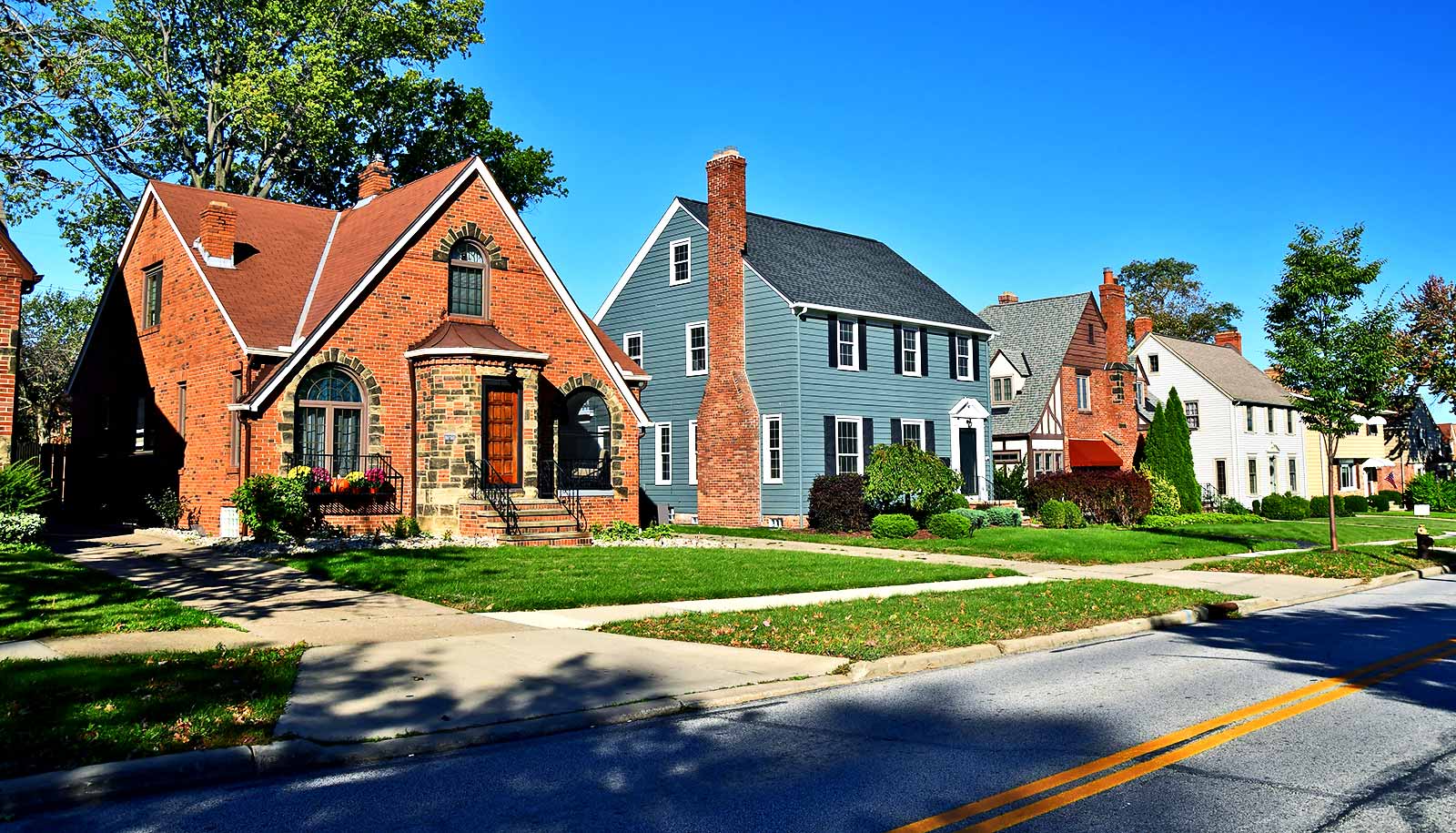Individual perceptions about safety and school quality play critical roles in how people define their communities, according to a new study.
Moreover, these subjective social factors can influence the notion of what separates a city from its suburbs just as physical boundaries traditionally make that distinction.
A person’s zip code remains the biggest predictor of how people define their community, but the research suggests that other factors have predictive power, especially for whites and Hispanics.
“When people think about their community they don’t pull out a map to determine whether it’s urban or suburban.”
“When people think about their community they don’t pull out a map to determine whether it’s urban or suburban—they’re thinking about the lived experience,” says study coauthor Shelley M. Kimelberg from the University at Buffalo.
“It’s important to pay attention to that lived experience because it really drives how people perceive their communities,” she says.
“We often operate in this theoretical space where there’s this idea of urban issues that reflect a long history of inequality and disadvantage and that the suburbs were the place where people decamped to ease their concerns, but what we’re seeing now is that poverty rates are growing fastest in the suburbs, so this view of the suburbs as a place to escape urban ills is no longer true.”
Beyond geographic borders
The findings, which appear in the journal City & Community, have policy and resource implications, especially for regional proposals which cut across urban-suburban lines, and suggest that lawmakers and community leaders should consider how people see their communities rather than relying exclusively on geographic borders.
“If we’re thinking about garnering support for economic development policy, for instance, a big part of that success or failure comes down to framing,” she says. “Framing something as urban or suburban can have different ramifications in terms of who might step up and have a vested interest in that policy.”
The researchers used data from the Knight Foundation’s 2010 Soul of the Community survey (SOTC). The survey’s design focused on community attachment and explored measures such as loyalty and satisfaction, but Billingham noticed a curiosity among the questions respondents answered that allowed for creatively using the SOTC information for research beyond the survey’s original intent.
When completing the survey, respondents entered their zip code, but in an open-ended question also replied to whether they lived in an urban or suburban neighborhood.
“Because there were two answers to what amounted to the same question we saw an opportunity to compare how researchers code neighborhoods based on zip codes versus how people would self-identify with the area where they lived,” says Kimelberg.
‘Urban’ stigma?
And the contrast was striking. In a third of the cases, people identified their community as something other than their zip code indicated.
For example, those who lived in suburban areas who thought that their neighborhood was unsafe or that they had low-quality schools were just as likely to say they lived in an urban area as the people who actually did live within a city’s boundaries but had positive views of local schools and public safety.
“There’s something about these perceptions and the interactions with these institutions that influence how people define their communities,” says Kimelberg. “In particular to the extent that the term ‘urban’ is often stigmatized, we can see how people start to classify their areas based upon what they believe about the quality of services and resources that they have access to.”
The findings also suggested that whites and Hispanics were much more likely to make that distinction. For African-Americans, perceived safety was a critical characteristic that made a difference, while the effects of geography did not play as predictive a role.
“This is particularly salient if we’re trying to understand the case of Michael Brown, who was killed in a suburb of St. Louis, yet every social characteristic of that neighborhood matches what would be associated with an inner-city environment,” says Kimelberg.
Source: University at Buffalo



